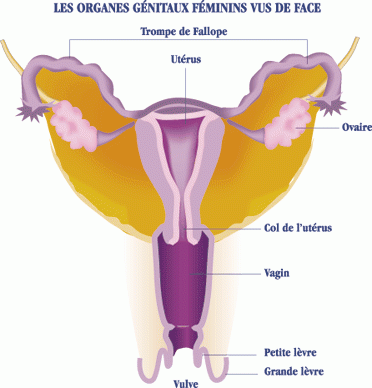-
 Myelomeningocoele
Myelomeningocoele
-
 Fayalite
Fayalite
-
 Photon
Photon
-
 RSA
RSA
-
 Monzonite
Monzonite
-
 Error rate
Error rate
-
 Polymer
Polymer
-
 Infection
Infection
-
 Sand-dwelling
Sand-dwelling
-
 Amphibolite
Amphibolite
-
 Glioma
Glioma
-
 Metazoan
Metazoan
-
 Respiration
Respiration
-
 Kerr black hole
Kerr black hole
-
 Acrotonic
Acrotonic
-
 Browsing
Browsing
-
 Phenylalanine
Phenylalanine
-
 Hypothalamic paraventricular nucleus
Hypothalamic paraventricular nucleus
-
 Foramen
Foramen
-
 Whirlpool galaxy
Whirlpool galaxy
-
 Right ascension of a direction
Right ascension of a direction
-
 Wing tip
Wing tip
-
 Exudate
Exudate
-
 Spar
Spar
-
 Virtual reality
Virtual reality
-
 Regional metamorphism
Regional metamorphism
-
 Broad Bean
Broad Bean
-
 Receptor
Receptor
-
 Pomegranate
Pomegranate
-
 Plug and Play
Plug and Play
Vagina
The vagina is part of the female reproductive system.
Functions of the vagina
The vagina is a tubular conduit which connects the uterus to the outside of the body. It has important reproductive functions. Firstly, it allows the penis to penetrate in sexual intercourse due to lubrication (secretion of vaginal lubrication) by the mucosae in the wall. It then allows the spermatozoa to access the uterus. Finally, it allows the baby to pass through during childbirth.
In addition, it allows menstrual blood and other vaginal secretions to flow.
Structure of the vagina
The vagina is a 10 to 12 centimetre long flexible tube, the walls of which are lined by a mucosa. However, it enlarges during sexual intercourse and childbirth.
The vagina contains a natural vaginal flora that is essential for its equilibrium. The vaginal flora is mainly composed of the Döderlein bacillus, which protects the vagina by competing with pathogenic micro-organisms. Although it is important to keep the vagina clean, aggressive vaginal washing which damages the natural flora should be avoided.
 Position of the vagina in the female genital tract. DR Credits
Position of the vagina in the female genital tract. DR Credits
Latest
Fill out my online form.



